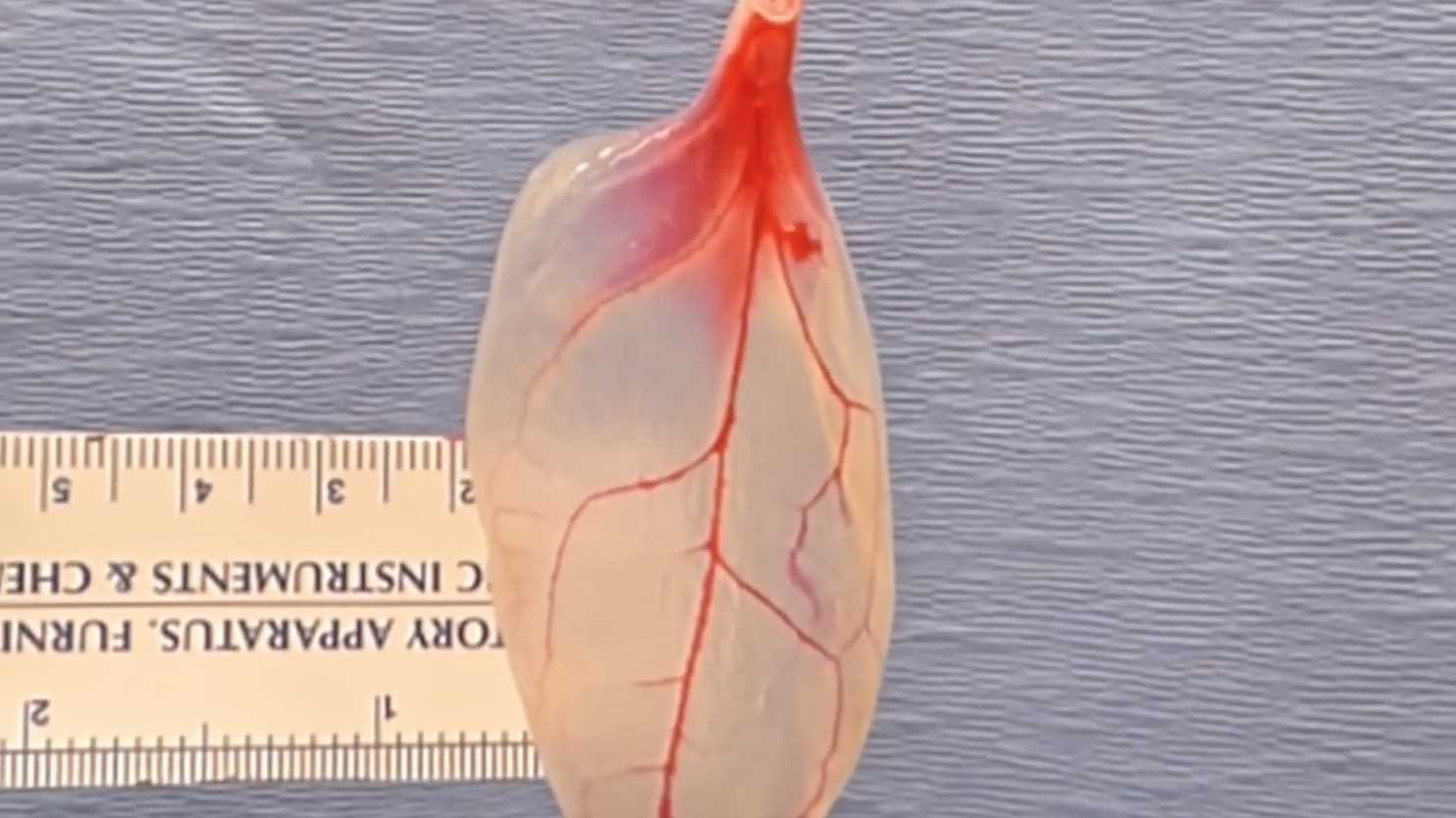If an overhyped vegetable existed before marketers coined the term superfood — and long before Oprah Winfrey chatted up acai berries with Dr. Oz — look no further than spinach. (Here’s to Popeye, eating the stuff by the can to inflate his biceps.) Spinach alone, of course, won’t pump anyone up. But it does have a few physical properties of the type that excite biomedical engineers. Spinach grows a network of veins, for instance, that thread through its leaves in a way similar to blood vessels through a human heart.
These leafy veins allowed researchers at Massachusetts’s Worcester Polytechnic Institute to give a new meaning to heart-healthy spinach. The tissue engineers, as they reported recently in the journal Biomaterials, stripped green spinach leaves of their cells. The spinach turned translucent. The scientists seeded the gaps that the plant cells left behind with human heart tissue. Heart cells, in clusters, beat for up to three weeks in this unusual environment.
The inspiration for the human-plant fusion came over lunch — and, yes, the leafy greens were involved — when WPI bioengineers Glenn Gaudette and Joshua Gershlak began to brainstorm new ways to tackle a deadly medical problem: the lack of donor organs. Of the more than 100,000 people on the donor list, nearly two dozen people die each day while waiting for an organ transplant.
